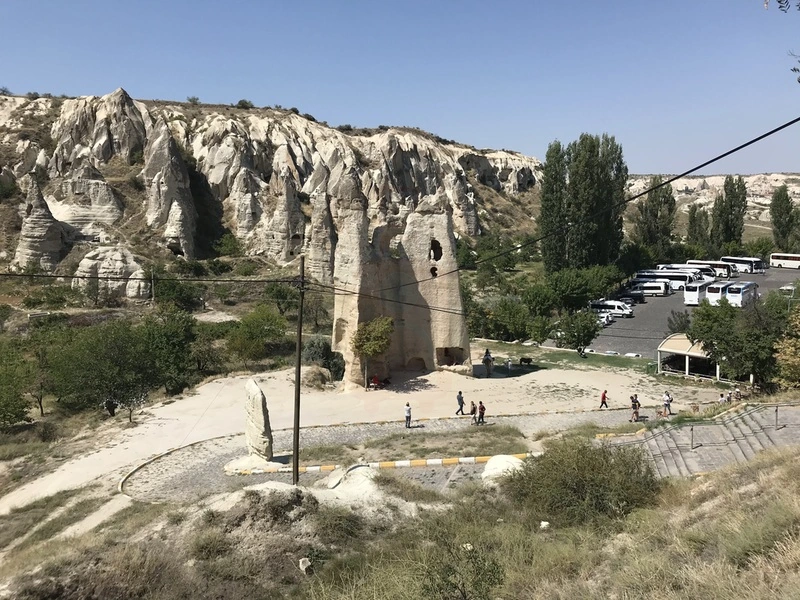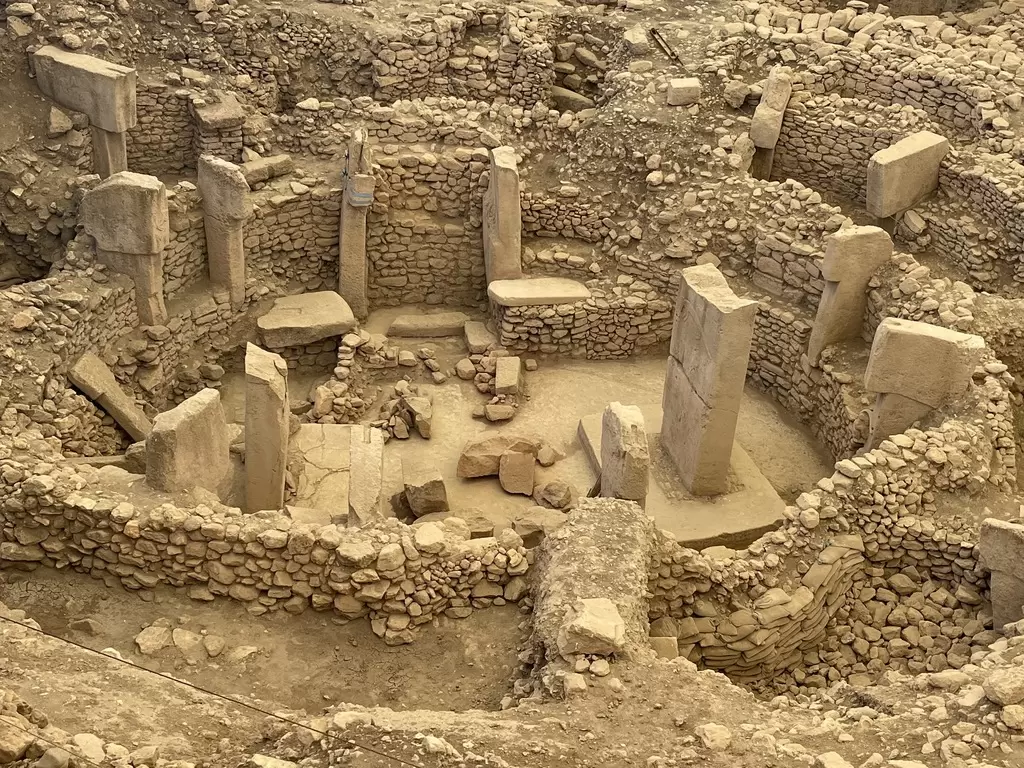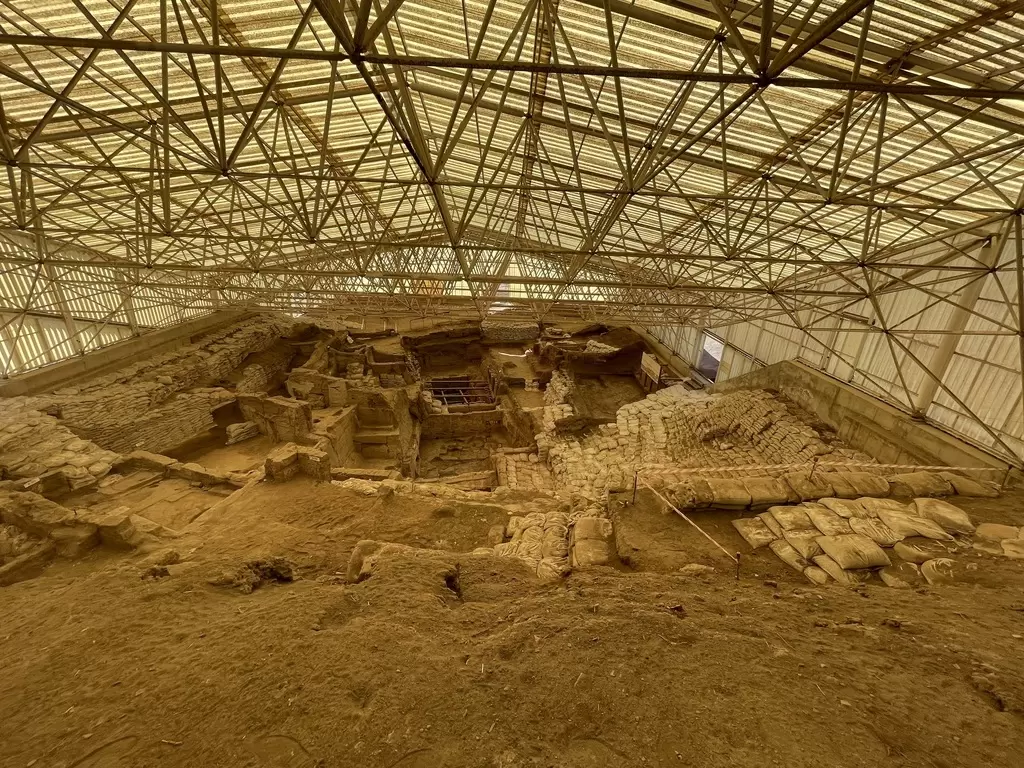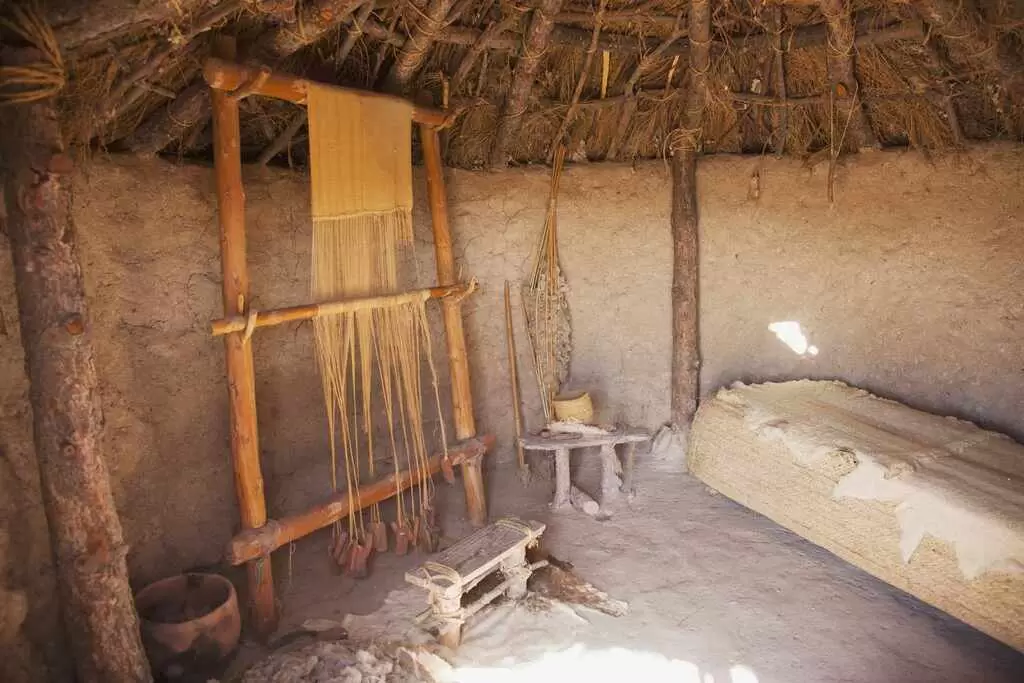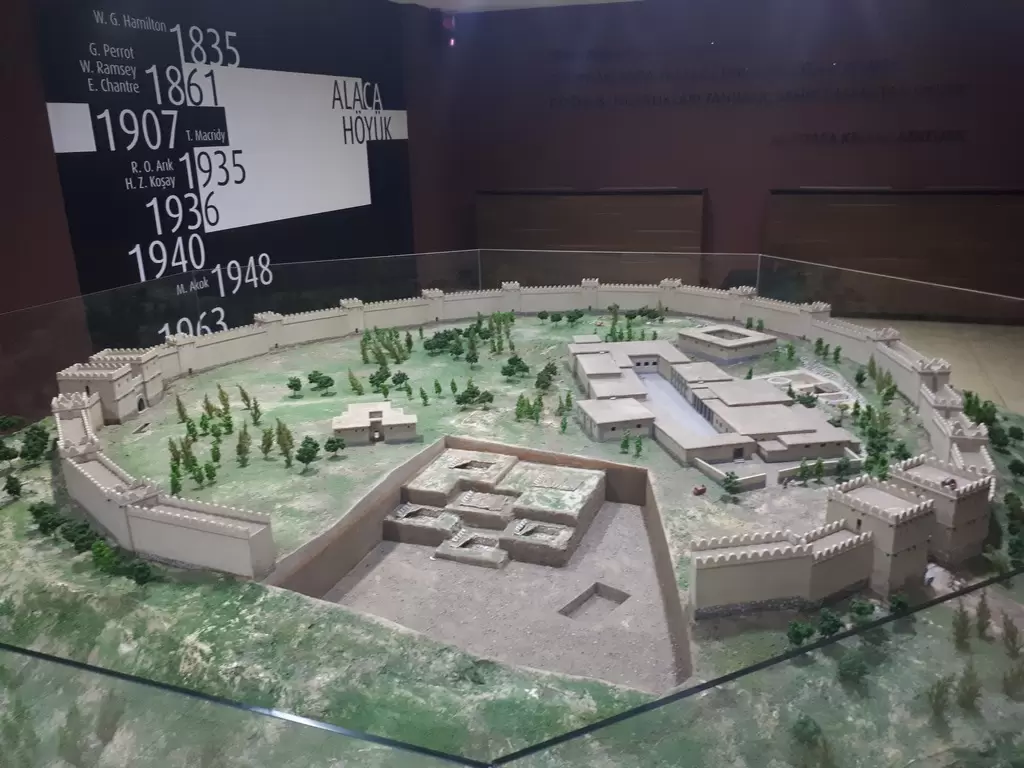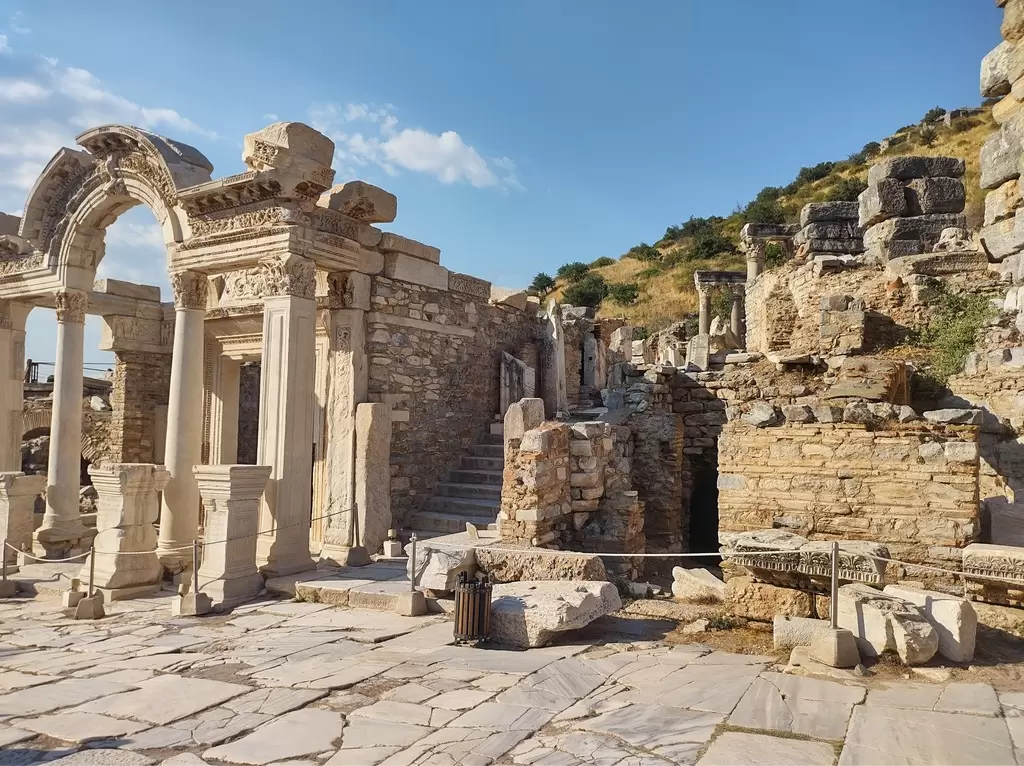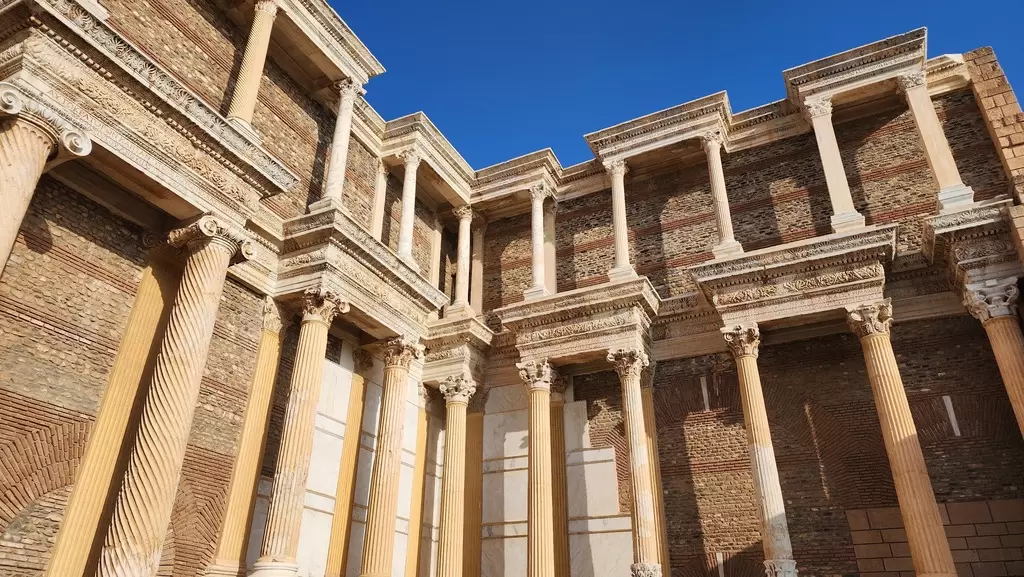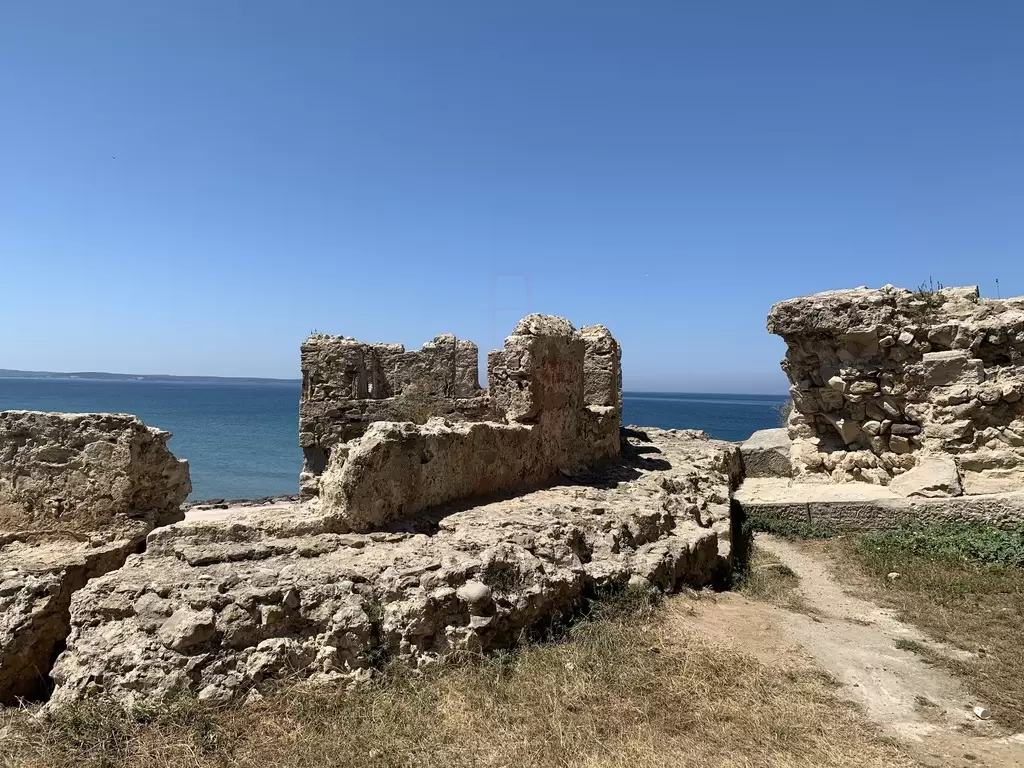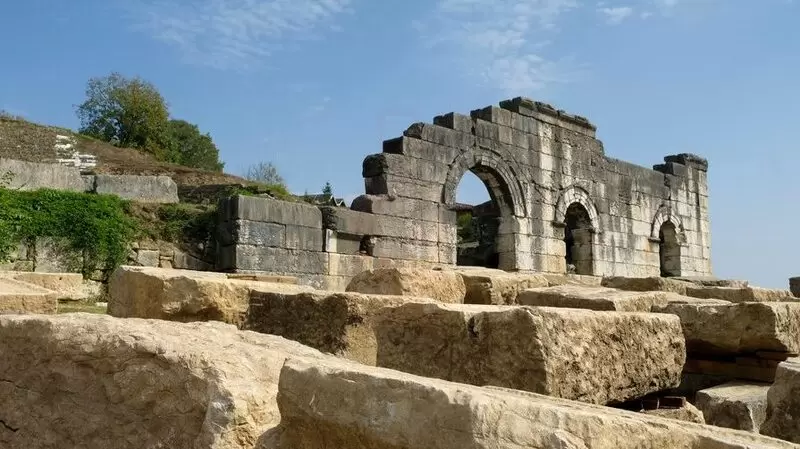
The Kingdom of Bithynia, located in northwestern Anatolia along the shores of the Black Sea, played a significant role in the history of the region from the 3rd century BCE until its incorporation into the Roman Empire in the 1st century BCE. Founded by the Thracian tribes, Bithynia was strategically positioned as a bridge between Europe and Asia, which facilitated trade and cultural exchanges that shaped its development.
The kingdom's early history is marked by its establishment as a significant political entity under the reign of King Zipoetes I, who unified the Bithynian tribes. The kingdom reached its zenith under the rule of King Nicomedes III in the 2nd century BCE, who expanded its territory and capitalized on its geographic advantages. Nicomedia, the capital, became an important cultural and economic center, known for its wealth, trade, and political influence.
Bithynia's strategic location along key trade routes allowed it to thrive economically. The fertile plains of the region supported agriculture, while its coastline facilitated maritime trade. Bithynians were skilled navigators and merchants, engaging in trade with neighboring regions, including Greece, Rome, and Persia. The kingdom's wealth attracted various cultural influences, leading to a rich tapestry of Hellenistic, Roman, and local traditions.
As part of the Hellenistic world, Bithynia experienced significant cultural and intellectual growth. The kingdom became a melting pot of Greek and native cultures, evident in its art, architecture, and religious practices. Temples dedicated to Greek gods, theaters, and public baths adorned its cities, reflecting the Hellenistic influence. Notable cities such as Nicaea and Nicomedia flourished, becoming centers for early Christianity. Nicaea, in particular, is famous for hosting the First Council of Nicaea in 325 CE, which played a crucial role in shaping Christian doctrine.
The political landscape of Bithynia was characterized by its alliances and conflicts with neighboring powers, including the Roman Republic and the Kingdom of Pontus. Bithynia's rulers often sought to navigate the complex political environment by forming alliances through marriage and diplomacy. However, the kingdom's internal stability was challenged by succession crises and external threats, particularly from Pontus under King Mithridates VI.
In 74 BCE, following a series of conflicts and political maneuvering, Bithynia was bequeathed to Rome by King Nicomedes IV, marking the end of its independence. The region became the Roman province of Bithynia et Pontus, which further integrated it into the Roman Empire. Under Roman rule, Bithynia continued to thrive as an important administrative and commercial center.
The legacy of the Kingdom of Bithynia is evident in its archaeological sites, which include the remains of ancient cities, temples, and fortifications. Today, sites like the ruins of Nicomedia and Nicaea attract visitors interested in exploring the region's rich historical heritage. The blend of cultures and the kingdom's role in early Christian history continue to be significant aspects of Bithynia's enduring legacy in Anatolia.






